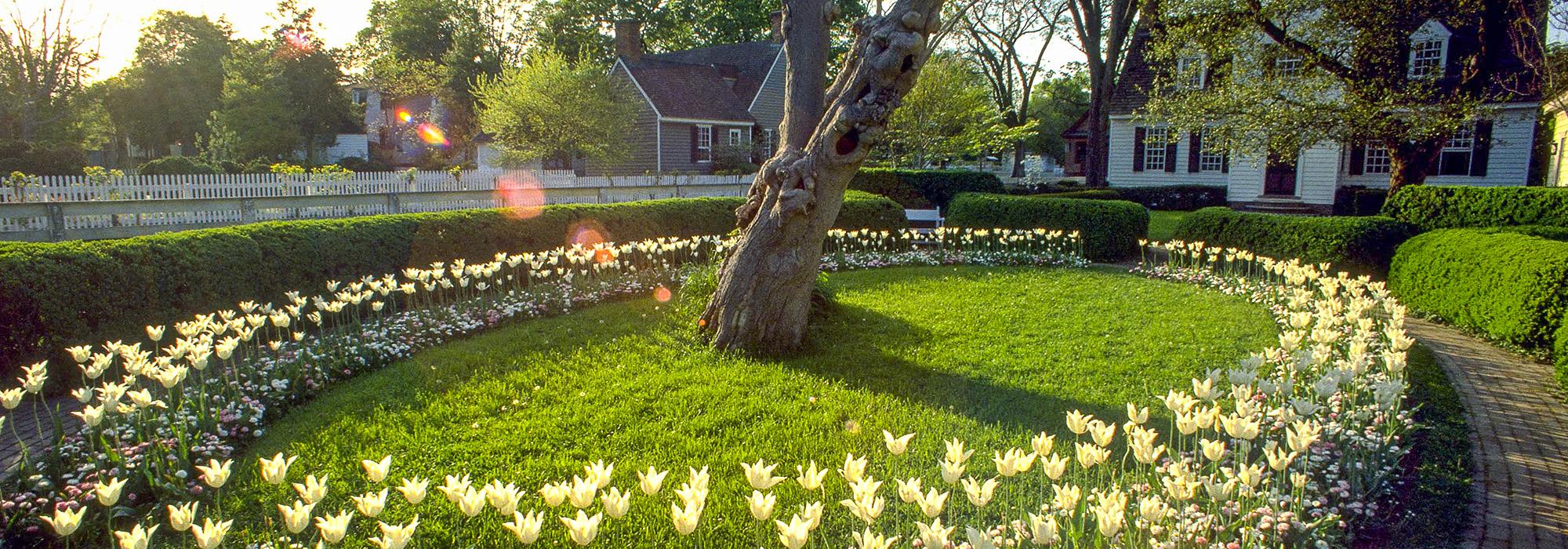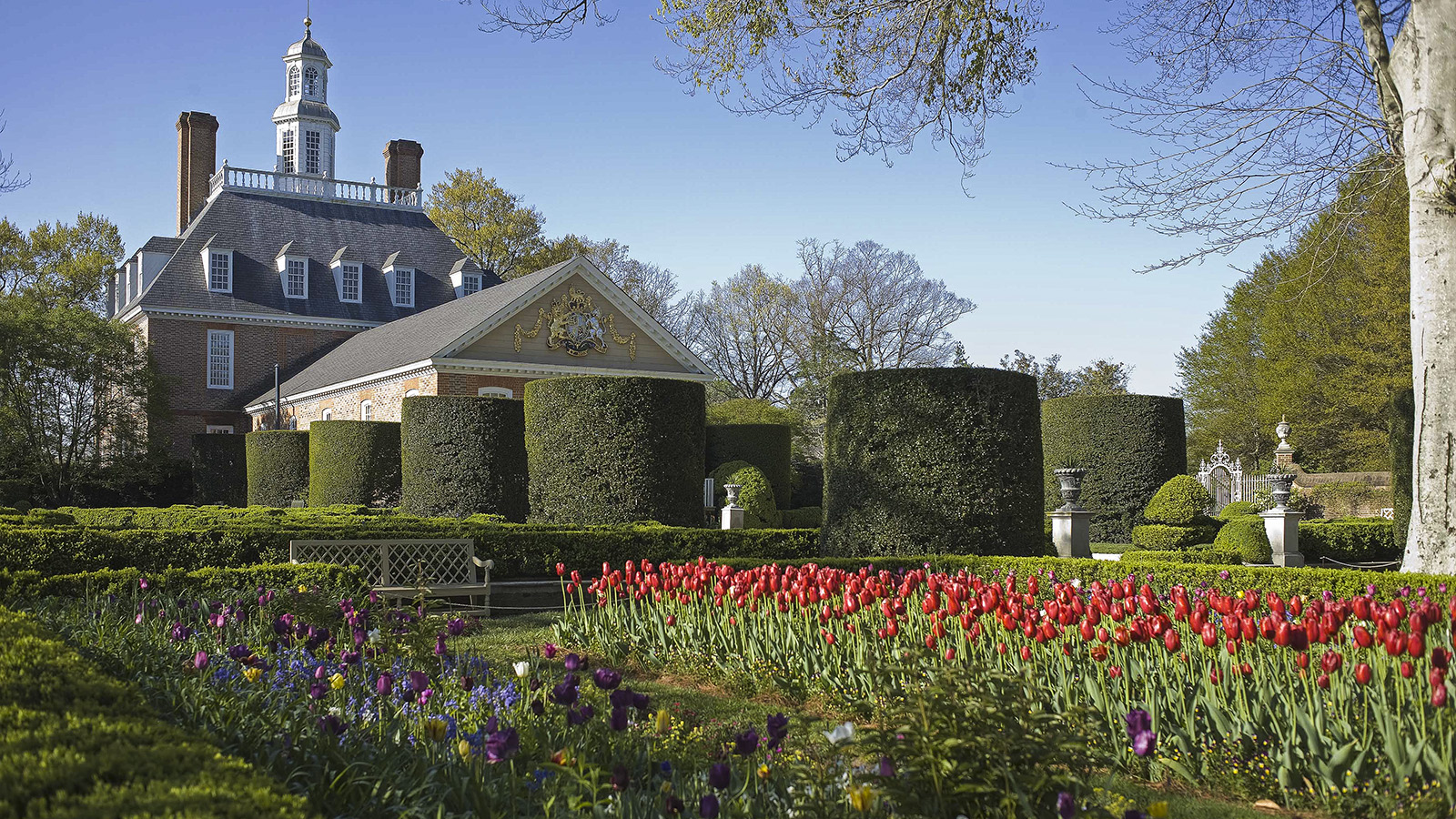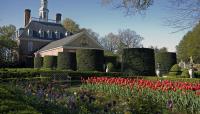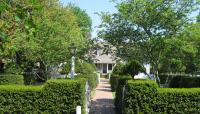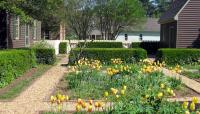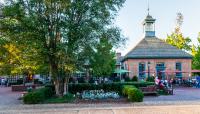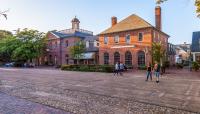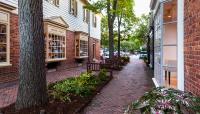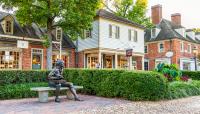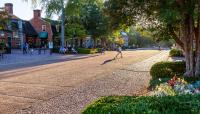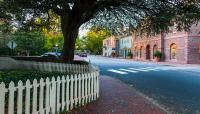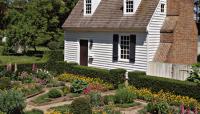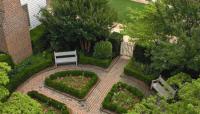Landscape Information
Originally laid out by Lieutenant Governor Francis Nicholson in the early 1700s, the ambitious twentieth-century restoration of the town center was supported by John D. Rockefeller, Jr. Beginning in 1927, more than 600 non-period buildings were demolished, 100 restored, and 350 reconstructed in the Georgian style, including the Wren building and the Old College Yard of the College of William and Mary. The College, the nation's second oldest, serves as a counterpoint to the Colonial Capitol Building at the opposite end of Duke of Gloucester Street.
Between 1928 and 1941, Arthur Shurcliff oversaw Williamsburg’s gardens, landscape, and town planning, with his deputy Alden Hopkins assuming responsibility when Shurcliff retired. The Colonial Revival gardens were inspired by the Anglo-Dutch style popular in the colonial period but are more decorative and formal than the original gardens would have been. Consistent among the gardens is the use of evergreen shrubs, particularly boxwood, and paving in either a more formal basket weave pattern or functional brickbat paving that uses broken bricks. All lots are surrounded by 4.5-foot-high fences, which were required by colonial law to protect from free-roaming cattle. The extensive Governor’s Palace gardens were restored using a 1739 engraving known as the “Bodleian Plate.”
Using conservation easements and large land purchases, Colonial Williamsburg has sought to preserve views and keep the arrival experience as non-commercial as possible. With a historic area of 301 acres, Colonial Williamsburg was named a National Historic Landmark in 1960.



